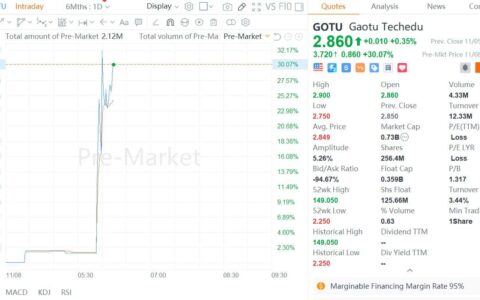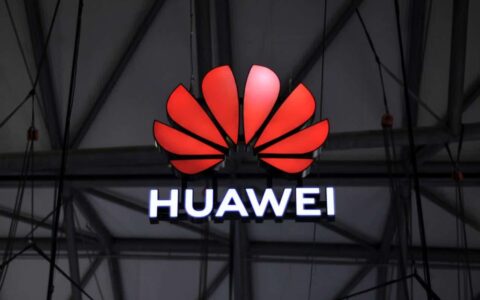Microsoft Windows 10X is the latest operating system for dual-screen devices, and the system is also suitable for traditional notebook computers.
This week, Microsoft released the first emulator for Windows 10X, giving developers early access to new operating system changes for dual-screen devices.
Microsoft hopes to let developers optimize their applications ahead of time before the device launches later this year.
On Microsoft 365 Developer Day, the main functional innovations of Windows 10X OS were also officially announced:
Quick update:
Unlike Windows 10, the upcoming Windows 10X system will allow consumers to update their devices really quickly. Updates will be installed in the background and users simply restart to complete the update process. Microsoft claims to be able to install the update in 90 seconds.
Security:
Windows 10X is designed to be secure by default. The entire operating system is read-only, and applications can only access the operating system through specific APIs, without more registry access.
Performance:
Microsoft claims that Windows 10X will provide continuous performance over time. Even after a few months of use, the performance of this device will be the same as your experience on the first device.
Applications you expect and trust:
Windows 10X can run all the applications you expect and trust, and it will support UWP, Win32 and PWA applications. Microsoft specifically mentioned that apps can be installed from any channel other than the Microsoft Store.
In Windows 10X, all applications run on containers. Running applications on containers ensures that applications do not overwrite each other or between operating systems.
It also enables application data isolation without changing the application.
The new Win32 container enables application compatibility, allowing Windows 10X devices to run all existing 32-bit and 64-bit applications in a fast and secure manner.
Win32 applications on Windows 10X have some limitations. For example, startup tasks do not start at login, background tasks may hang, and system tools and utilities cannot see content outside the container.
Windows 10X has a simplified Shell Experience. Most of the Windows features (such as windows, input, launch, drag and drop, clipboard, etc.) work as expected.
But some desktop shell features (such as the system tray applet, file explorer add-ons, namespace extensions), and other features don't work properly on Windows 10X.
After the official Windows 10X emulator was released, we also learned more about this operating system dedicated to foldable and dual-screen devices through the experience of major media.
The Verge commented: "Windows 10X feels like a more modern version of Windows 10 and is ready for future devices."
Variety
The first change you will notice in Windows 10X is the new Start menu. It no longer includes dynamic tiles common on Windows 8/10 and Windows Phone, and it has a simpler design.
Windows 10X's Start menu contains pinned applications and a list of recent documents.
The entire look looks more like the current task launcher, with users being able to search for applications, documents, and even web content, which also supports basic voice input. However, Cortana was not found in the settings of Windows 10X.
Unlike Windows 10, you can't let applications float anywhere on the desktop.
Apps open on a single screen by default, and you can drag them to both displays with your mouse or touch to fully stretch them across a dual-screen device.
For example, when you open the mail application in Windows 10X, all applicable tools and mail components are displayed on one screen, and the content of the mail is on the other side.
The task view (allowing to view applications running on Windows 10X) has also been updated, and users can use it to expand the application to a specific display.
At the same time, the traditional file explorer is also being updated. The new version will guide Windows 10X users to use the content library and support external devices for file transfer.
Microsoft also uses gestures for multitasking, some of which feel similar to gestures in Windows 10 and Windows 8. In addition to the minimal minimize and close buttons, touching in Windows 10X is sometimes a bit inconvenient.
In terms of gestures, users can swipe up from the bottom of the screen to access the Start menu or a list of applications running on the taskbar. They can also access the updated action center from the taskbar, including volume, brightness, Bluetooth, rotation lock, etc. Quick access to settings.
For security reasons, Windows 10X also adopts a more closed management model, which restricts access to some system-level files and application data.
Wonder Bar
It is worth mentioning another new feature of Windows 10X: Wonder Bar, which is equivalent to a brand new user interface that can distinguish Windows 10X from other tablet computer operating systems.
It is in the area above the hard or soft keyboard. By default, applications have access to 50% of the space and the area can be easily accessed using existing APIs.
Applications can use the existing "compact overlay mode" to display a mini-interface of some features in the area, and websites will be able to use "picture in picture" pop-up windows to place content in it.
Windows 10X will also automatically insert applications that display system-wide media controls, such as Spotify, to show controls in them.
Microsoft states that the Wonder Bar is an area that laptops can use. It can help customers improve productivity by providing additional input options to enhance the keyboard.
It also provides customers with multi-tasking experience with tools, environmental information, and other application experiences that complement their task at hand.
This area will provide text suggestions as you type, which will also allow access to rich input panels with rich content such as emojis, GIFs, and more.
Foreign media mspoweruser commented that WonderBar is the most interesting innovation in Windows 10X system. The Verge also believes that "this is the really interesting part of Windows 10X, but ultimately it depends on whether the developer really uses it."
Overall, Windows 10X is still in its early days, and it feels like a more complete and modern version of Windows 10.
Many features of Windows 10X need further adjustment and polishing, but the overall user experience is still close to Windows 10. We should see more results at the Microsoft Build conference in May this year.







